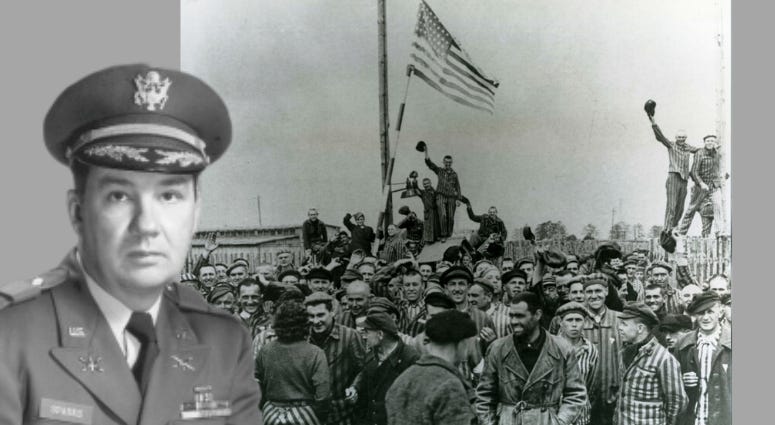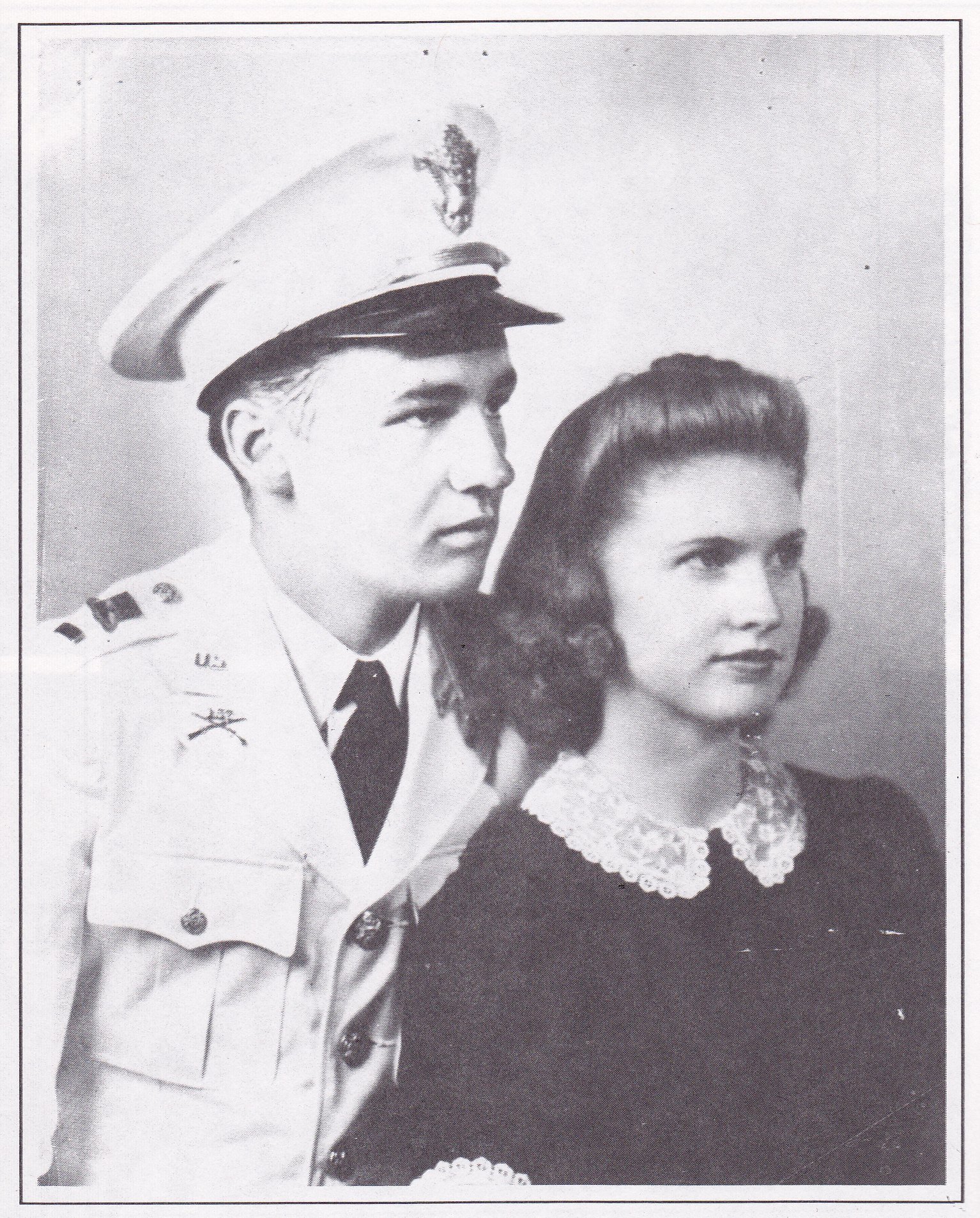Based on the 2012 non-fictional novel ‘The Liberator: One World War II Soldier’s 500-Day Odyssey’ by Alex Kershaw, the Netflix war-drama miniseries ‘The Liberator’ revolves around US Army Officer Felix Sparks (Bradley James) and his E Company, 157th Infantry Regiment and their involvement in the European theater of World War II. The show was originally meant to have eight episodes but was eventually compressed into a 4-part miniseries.
The distinctive animated look of the war-based show was achieved through Trioscope Enhanced Hybrid Animation. Sparks is the series’ primary protagonist and point-of-view character. In this article, we try to look beyond the legendary war hero and find out who he really was.
A Battlefield Hero: The Real Felix Sparks

Yes, Felix Sparks was a real soldier. Born on August 2, 1917, in San Antonio, Texas, Sparks moved to Miami, a copper mining town in Arizona, with his family when he was four years old. He was the oldest of five children of his parents. His father had a job at the mining company, whereas his mother was a homemaker. He spent much of his early life there. At the time, the US was experiencing the Great Depression.
Sparks obtained his high school diploma but didn’t have the funds required to enroll in a college. Subsequently, in 1936, he enlisted in the US Army so he could earn enough money to sponsor his education. Sparks spent two years in the army before he began studying at the University of Arizona. However, with World War II breaking out, every fit commander was called back, and Sparks was no exception. He received training at Fort Sill, Oklahoma, and began his career in the military as an adjutant to Colonel Charles M. Ankorn.
As a member of the 45th Infantry Division, Sparks took part in some of the most crucial battles in Europe. He led his men from the front in Operation Huskey or the Allied Invasion of Sicily in July 1943; the Battle of Anzio in 1944; Operation Dragoon in 1944; the Battle of the Bulge in 1944 and 1945, and the Battle of Aschaffenburg in 1945. Major Emil Lamberth, the commander of the defending forces in Aschaffenburg, surrendered to him in April 1945.
Sparks’ 3rd Battalion, 157th Infantry Regiment, 45th Infantry Division, was one of the first Allied squads to arrive at Dachau along with the 222nd Infantry Regiment of the 42nd (Rainbow) Infantry Division, led by Brigadier General Henning Linden. At the time, Dachau housed over 30,000 Jews and political prisoners, who were immediately freed. In the ensuing years, there has been much contention about who liberated the camp, 45th or 42nd.
Felix Sparks Died From Pneumonia

Sparks married his wife Mary (nee Blair) in June 1941. After the war ended, he went back to school and obtained a law degree in 1947 from the University of Colorado Law School. He had a practice in Delta, Colorado. Later, he won the election to serve as the district attorney as a Democratic Party nominee. However, his re-election bid in 1952 was unsuccessful. The governor of Colorado at the time, Ed Johnson, placed Sparks in the state’s Supreme Court.
After his term was completed, he restarted his practice. Sparks was part of the Colorado Army National Guard and became its commander in 1968. When he retired in 1979, he had the rank of brigadier general. Sparks was 90 years old when he passed away on September 25, 2007, in Denver, Colorado, due to complications resulting from pneumonia.
Read More: Is The Liberator a True Story?


You must be logged in to post a comment.